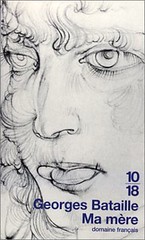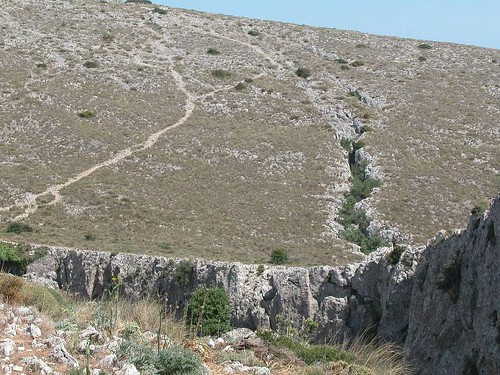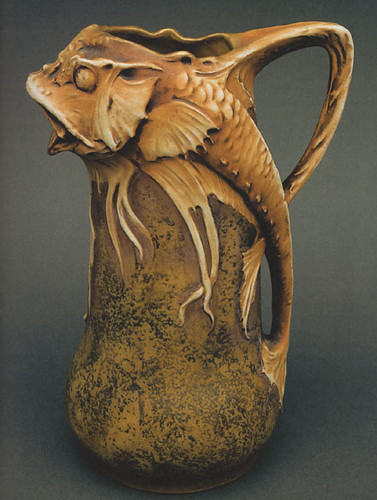
The Waking dream: Fantasy and the surreal in graphic art, 1450-1900 (1975) – Edward-Lucie Smith [Amazon.com] [FR] [DE] [UK]
My purchase of Quatre siècles de Surréalisme brought me back to the book pictured above (which I do not have in my possession, but which I feel covers the same terrain as Quatre siècles, please correct me if I am mistaken, in fact I believe the link between both books is French art historian Aline Jacquiot), of which Paul Rumsey says:
The tradition of the grotesque is particularly alive in prints. The fantastic is especially suited to the graphic medium, and it is possible to track almost its entire history in etchings, engravings and woodcuts. A fine book The Waking Dream: Fantasy and the Surreal in graphic Art 1450-1900 charts this progress through Holbein’s Dance of Death, the macabre prints of Urs Graf, the engravings of Callot, seventeenth-century alchemical prints, scientific, medical and anatomical illustration (I adapted the embryonic development diagrams of Ernst Haeckel for my drawing Species/Gender), emblems, the topsy-turvy world popular prints, Piranesi’s Prisons (which influence my architectural fantasies), Rowlandson, Gillray (whom I studied for guidance on how to draw caricature for drawings like my Seven Sins) , Goya, Fuseli and Blake, and into the nineteenth century with Grandville, Daumier, Méryon, Doré, Victor Hugo’s drawings and Redon. The tradition continues with the Symbolists and Richard Dadd, Ensor and Kubin, through to Surrealism, which recognised many of the artists of the grotesque and fantastic tradition as precursors. It is via Surrealism that much of this work has come to be appreciated. In the twentieth century this type of imagery has permeated culture, and is found everywhere, in diverse art forms including: the satiric installations of Kienholz, the drawings of A. Paul Weber, the cartoons of Robert Crumb, the animated films of Jan Svankmajer, photographs by Witkin, plays by Beckett, science fiction by Ballard, fantastic literature like Meyrink’s The Golem, Jean Ray’s Malpertuis, the art and writings of Bruno Schulz and Leonora Carrington, films by David Lynch, Cronenberg and Gilliam; all are part of a spreading network of connections, the branching tentacles of the grotesque. — Paul Rumsey
The significance of printmaking vs. oil painting is that of mechanical reproducibility. A print has always been much cheaper than an original, thus more democratic, thus more fantastic (it has to please fewer people, can address itself to niche markets), thus more nobrow.






